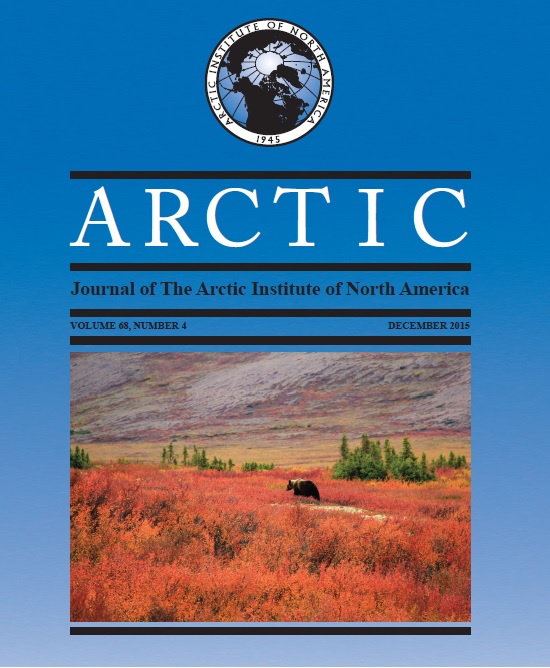Exposure to Coastal Hazards in a Rapidly Expanding Northern Urban Centre, Iqaluit, Nunavut
DOI:
https://doi.org/10.14430/arctic4526Keywords:
Arctic coast, adaptation planning, infrastructure, sea level rise, flooding, sea ice, climate change, coastal managementAbstract
The City of Iqaluit, Nunavut, is an expanding urban centre with important infrastructure located in the coastal zone. This study investigates the exposure of this infrastructure to coastal hazards (rising mean sea level, extreme water levels, wave run-up, and sea ice). Using a coastal digital elevation model, we evaluate the inundation and flooding that may result from projected sea level rise. Some public and private infrastructure is already subject to flooding during extreme high water events. Using a near upper-limit scenario of 0.7 m for relative sea level rise from 2010 to 2100, we estimate that critical infrastructure will have a remaining freeboard of 0.3–0.8 m above high spring tide, and some subsistence infrastructure will be inundated. The large tidal range, limited over-water fetch, and wide intertidal flats reduce the risk of wave impacts. When present, the shorefast ice foot provides protection for coastal infrastructure. The ice-free season has expanded by 1.0–1.5 days per year since 1979, increasing the opportunity for storm-wave generation and thus exposure to wave run-up. Overtopping of critical infrastructure and displacement by flooding of subsistence infrastructure are potential issues requiring better projections of relative sea level change and extreme high water levels. These results can inform decisions on adaptation, providing measurable limits for safe development.


